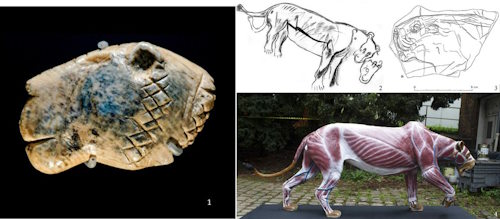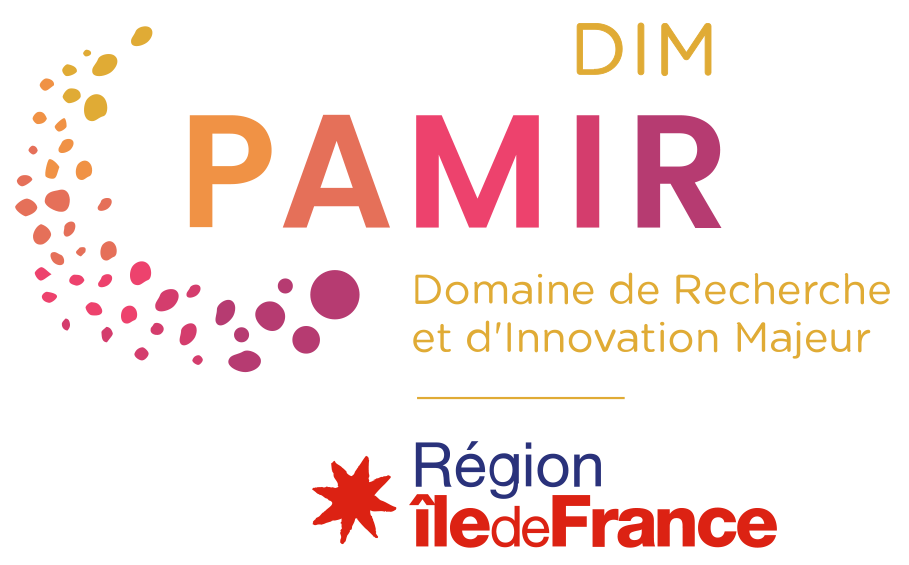
PredArt
Prey and predators, the art of Upper Palaeolithic hunters: graphical and anatomical analysis
Scientific responsibility :
- Eric Robert
- Anthony Herrel
- Stéphane Petrognani
Methodological axes :
Thematic fields :
Disciplinary sectors :
Funding :
- DIM PAMIR
Project ID : IDF-DIM-PAMIR-2024-4-011
Summary :
The thesis project explores the relationship between the Upper Paleolithic men in Europe and other animals by evaluating the place/importance given to them in artistic productions. By confronting their main prey (the reindeer), and their vital competitor (the cave lion) for hunting, we question the imaginary world of these Paleolithic hunters, and its evolution over 25,000 years. Despite their status, both lion and reindeer appear secondary in artistic representations. Moreover, they are not systematically clearly identified within their respective families (felines and deer). What are the keys to interpreting them individually? Are there differences in the artistic treatment of the lion and the reindeer in relation to their positions in the food chain relative to humans? What are the roles of the cave lion (whose heads are sometimes considered “humanized”) and the reindeer through art in Paleolithic societies? To answer these questions prehistoric images (a corpus of 217 representations of lions, already established, and around 300 reindeer, on objects and on the walls of caves and shelters) will be compared to extant reference sample through an interdisciplinary approach associating prehistoric archaeology and comparative anatomy, relying on a wide range of analysis tools, such as graphic surveys, geometric morphometrics, and statistical tools, but also a model of a feline on a scale of 1, produced by the taxidermy workshop of Museum national d’Histoire naturelle. The objectives, beyond the identification of the graphic codes specific to each of these species, are to identify the changes (by cultural phase/period) and the degree of knowledge and the choices of representations, particularly for the locomotion of felines, to better understand the relationship maintained by human societies with these two species at the heart of their social, economic and spiritual system.
Legends and credits
1) Ivory statuette – feline head – Vögelherd cave – LandesMuseum Württemberg (© Creative Commons)
2) Survey of La Chapelle de la Lionne, Grotte des Trois-Frères, © Henri Breuil, 1958
3) Survey of an engraved plaque, Grotte de la Marche, © Léon Pales, 1969
4) Photo of a model of a reconstructed cave lion at the Museum, © Chi-Shan Tsai, 2022

